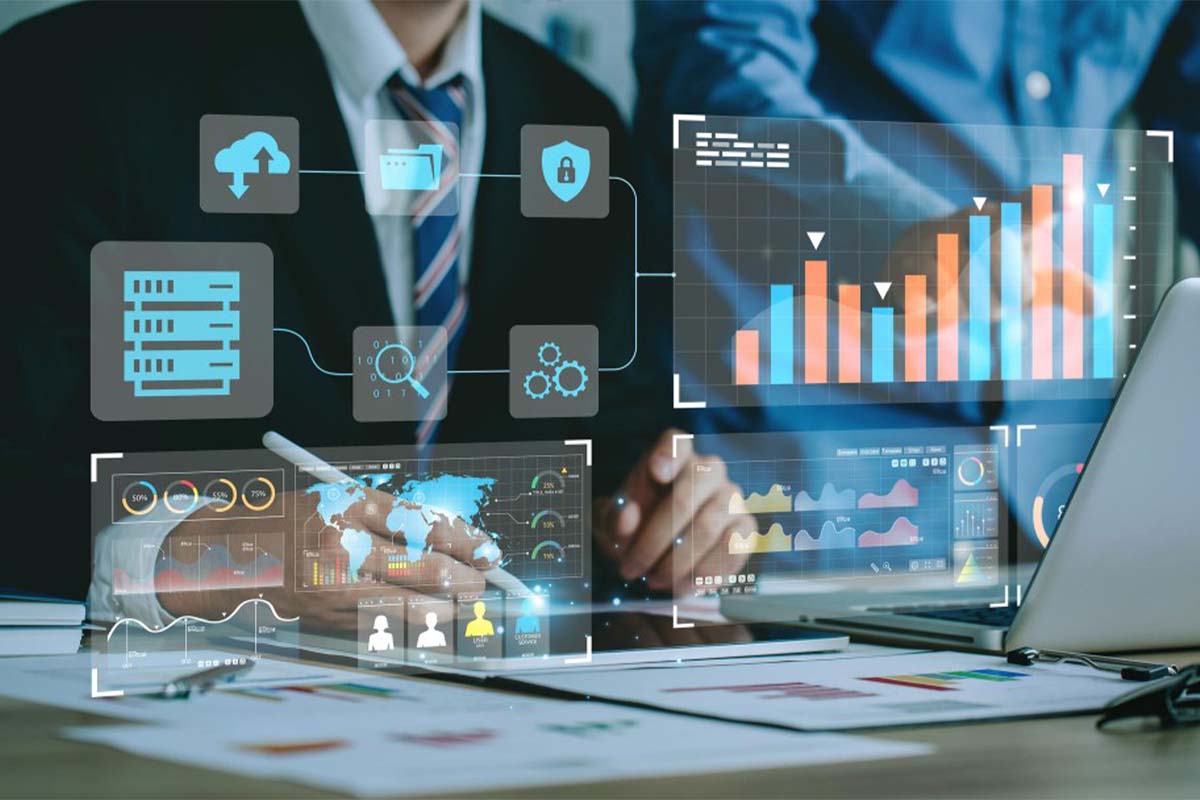Leveraging AI Development To Improve Cybersecurity
Cybersecurity has become a pressing priority as digital threats grow more frequent and complex. Traditional defense methods often fall short against attackers who use advanced tactics to exploit vulnerabilities. By leveraging AI development, organizations can create smarter defenses that adapt quickly, prevent breaches, and protect critical systems in real time.
Leveraging AI Development
Rising challenges
From ransomware outbreaks to scams, malicious actors constantly adapt their techniques to bypass conventional security tools. As a result, organizations require modern strategies that incorporate AI to anticipate, detect, and mitigate risks more effectively.
Instant monitoring
Unlike manual monitoring, AI enables continuous observation of networks with minimal delays. Machine learning models process vast amounts of data and flag irregularities that might otherwise go unnoticed. Consequently, security teams can identify suspicious logins or abnormal traffic immediately, reducing the time attackers have to cause damage.

Risk prediction
AI development also strengthens defenses by predicting risks before they escalate. Models trained on historical incidents recognize early warning patterns that indicate potential attacks. Therefore, businesses can implement safeguards in advance, lowering their exposure to vulnerabilities and preventing disruptions that could harm both operations and reputation.

Rapid containment
Speed is critical during a cyber incident, and AI-driven automation ensures rapid containment. Intelligent platforms can block malicious connections, quarantine compromised devices, and notify administrators instantly. Moreover, automation minimizes human error and frees experts to focus on strategic tasks rather than repetitive manual interventions.
User behavior
Another strength of AI lies in monitoring user and system behavior. When an employee accesses unusual files at odd hours, AI-based analytics immediately flag the activity as suspicious. In turn, this capability reduces insider threats and compromised credential misuse, adding a vital layer of organizational protection.
Advanced detection
Traditional antivirus tools often depend on signature databases that cannot keep pace with new malware. In contrast, AI evaluates behavior, code structures, and anomalies to detect unknown threats proactively. With this advantage, companies gain stronger defenses against zero-day vulnerabilities and emerging malicious software.
Email security
Phishing remains one of the most effective tools for cybercriminals, but AI significantly improves defenses. By analyzing communication patterns and spotting subtle irregularities, AI systems identify fraudulent emails or messages with higher accuracy. As a result, employees face fewer deceptive attempts, reducing the risk of costly breaches.

Cloud protection
As cloud adoption accelerates, AI development plays an essential role in safeguarding virtual environments. Intelligent systems monitor access behavior, enforce compliance, and detect unauthorized intrusions across multi-cloud platforms. Consequently, businesses benefit from enhanced scalability while maintaining secure storage and processing of sensitive data.
Global insights
In addition, AI enhances global threat intelligence by aggregating and analyzing information from countless sources. Patterns of emerging attack methods can be identified quickly, enabling defenses to evolve ahead of adversaries. This collective learning ensures organizations remain informed and resilient against rapidly shifting cyber landscapes.

Stronger authentication
Securing digital identities is increasingly important as remote and hybrid work expands. AI-powered authentication tools, including facial recognition and behavioral biometrics, provide stronger alternatives to traditional passwords. Therefore, companies can balance convenience and security, granting legitimate users seamless access while blocking potential impersonators.
Financial benefits
Implementing AI-driven cybersecurity not only improves defenses but also delivers financial advantages. Automated processes reduce reliance on constant human monitoring and lower recovery costs associated with breaches. Furthermore, organizations can allocate resources more strategically, maximizing both security outcomes and budget efficiency.

Evolving defenses
Looking ahead, AI development will remain at the forefront of cybersecurity innovation. Threats will continue to evolve, but adaptive AI technologies ensure defenses evolve just as rapidly. Ultimately, businesses that embrace AI-driven solutions position themselves to maintain resilience, earn customer trust, and stay competitive in the digital age.
Conclusion
Artificial intelligence is transforming the way enterprises approach cybersecurity. By combining predictive insights, real-time monitoring, and automated response, AI creates defenses that are faster and more reliable. With continued adoption, organizations can protect sensitive assets, reduce risks, and remain fully prepared for tomorrow’s cyber challenges.
